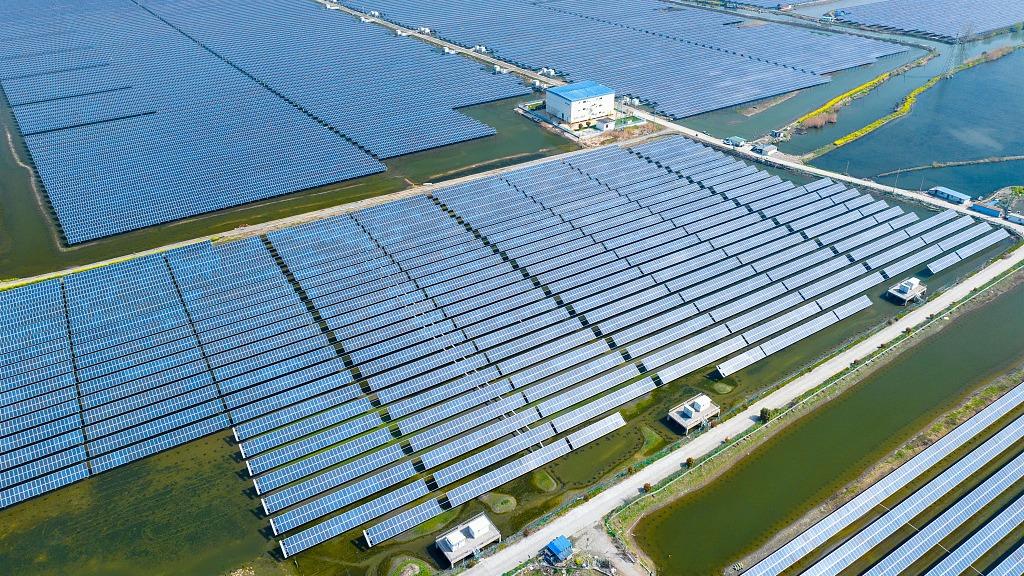Researchers say that this work represents a significant leap in understanding and developing sustainable energy solutions. In the future, this innovative approach will redefine the efficiency and accessibility of solar energy.
The improvement in efficiency of this material is largely attributed to its unique 'intermediate band state', which is a specific energy level located within the electronic structure of the material. This makes it an ideal choice for solar energy conversion.
The energy levels of these states are within the optimal sub-band gap (the energy range in which the material can effectively absorb sunlight and generate charge carriers), which is approximately 0.78 to 1.26 electron volts. In addition, the material exhibits high absorption levels in the infrared and visible regions of the electromagnetic spectrum.

In traditional solar cells, the maximum EQE is 100%, representing the generation and collection of one electron for each photon absorbed from sunlight. However, some advanced materials and structures developed in the past few years have demonstrated the ability to generate and collect multiple electrons from high-energy photons, meaning EQE can exceed 100%. Although these multi exciton generating materials have not yet been widely commercialized, they have great potential to improve the efficiency of solar energy systems.
In new materials, the 'intermediate band state' can capture the photon energy lost by traditional solar cells. Researchers have developed this new material by utilizing the "van der Waals gap", which refers to the atomic level small gaps between layered two-dimensional materials. These gaps can restrict molecules or ions, and materials scientists typically use them to insert or embed other elements to adjust material properties.
In order to develop new materials, researchers inserted zero valent copper atoms between two-dimensional material layers composed of germanium selenide and tin sulfide. Subsequently, they developed a prototype that could serve as a proof of concept. The results showed that its fast response and improved efficiency strongly demonstrated the potential of copper intercalation as a quantum material in photovoltaic applications, providing a new approach to improve solar energy conversion efficiency.
Contact: Ms. Aimy
Phone: 0086-15601620238
E-mail: qyysolar@163.com
Whatsapp:008615601620238
Add: Wuyi Avenue, Furong District, Changsha City, Hunan Province
We chat